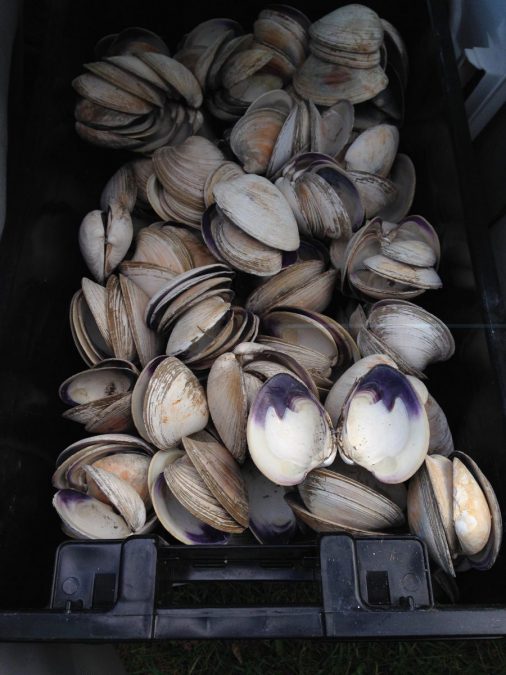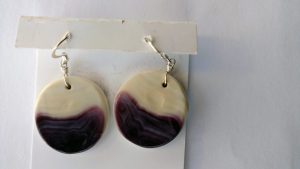Bozho nikanek
(Hello friends),
I hope that everyone had a wonderful and joyous holiday season. As mentioned in my December column, I attended the National Congress of American Indians in Milwaukee in October. At this event, there are always many suppliers and contacts from various areas. I especially like to look at the jewelry and crafts since they come from different nations.
This year, there was a Pequot artist who now lives in Montana and makes what is called Wampum Wear. Artist and craftsman Dan Simonds is a member of the Mashantucket (Western) Pequot Tribal Nation, which is located on the east coast in southeastern Connecticut and has been there for over 10,000 years. They, like the Potawatomi, are Algonquins. If you happen to participate in our senior mail-order prescription drug program and receive diabetic drugs and supplies, you are no doubt aware of the Pequot Nation since CPN is the source for those items.
Fashionable value

Wampum Wear items are made using quahog clamshells. I have included photos of the clams and earrings as a finished product. When opened and cleaned, they are white with a deep purple coloration that is unique to each one. Once I saw what the source of goods was, it made sense. I have heard the word wampum many times in the past. It is logical to have some kind of transportable “money” since many years ago; our ancestors did not have coins or dollars. They needed something that was unique and had value. Food was ideal, and clamshells made sense.
If you think back, the skins or hides of animals, many of which were a food source, were traded for other goods. Clamshells are much smaller and may be carried in a pouch or strung on a thread. The sea and shellfish have been a source of value for other areas also. In the Pacific, the oyster has given us the pearl. Depending on size and color, they could have great value.
Quahog clams are fairly small. To harvest them, you need to use a tool that is similar to a rake with very long tines. They would wade out into the water with their rake, sometimes almost waist deep, and then press down into the mud and drag the rake gently to dislodge a clam. When they felt some resistance, they would sort of dig in and pull the clam up. They retrieve them one at a time. Since the clams are not in clusters and tend to take some effort to secure, it gives them added value.

The method of harvesting this clam as well as the little neck and other clams on the Eastern Shore has not changed a whole lot. However, some commercial fishermen have come up with tools that allow them to secure the clams in larger numbers. The next time you hear a reference to wampum, you may recall that it might have come from one of the members of the Algonquin nation. For more information on the clam or the Pequot, I suggest you go to Google or visit the Nation at mptn-nsn.gov.
Historical context
I’m going to close this month primarily with the information above. I am reading the book American Indian Almanac: The Authoritative Reference and Chronicle by John Upton Terrell. The reading is slow but has much detail about all of the various nations that existed many thousands of years ago. If you are into history, I highly recommend this almanac. There are interesting comments about our Nation, and how we interfaced with other Nations in past years. While we historically tend to have been business oriented, taking up the bow and arrow was not unheard of.
I do want to again thank you for allowing me to represent District 3 and serve with pride and honor. I am here to help you on questions pertinent to the Nation, so feel free to contact me.
Bama pi
(Later),
Bob Whistler
Bmashi (He Soars)
Representative , District 3
112 Bedford Road, Suite 116
Bedford, TX 76022
817-282-0868 office
817-229-6271 cell
817-545-1507 home
rwhistler@potawatomi.org
cpn3legislator@yahoo.com
